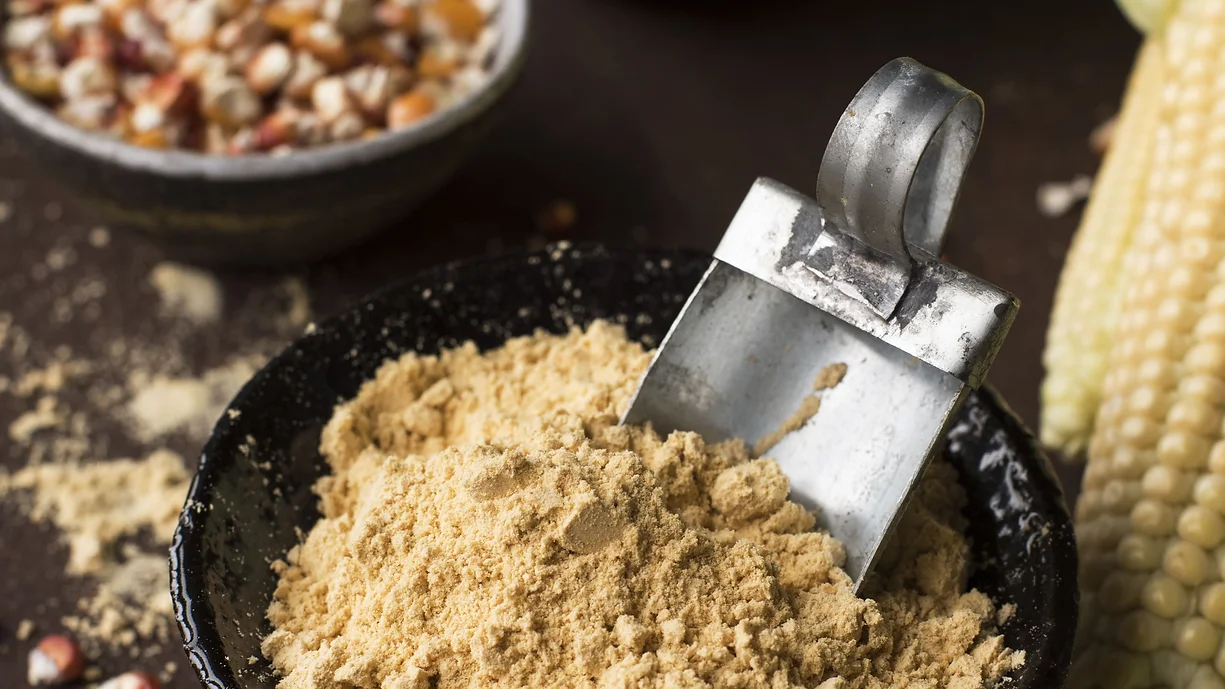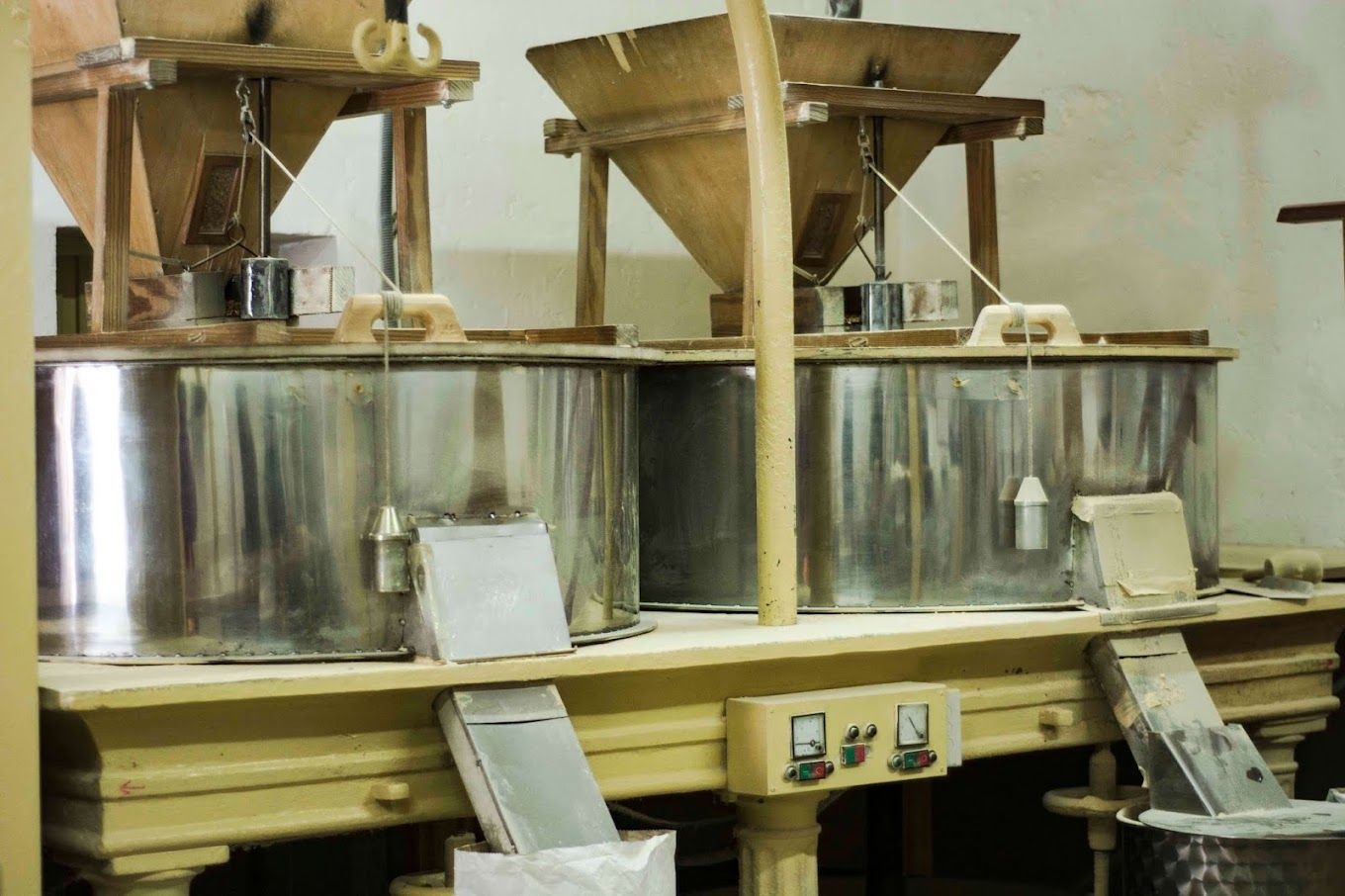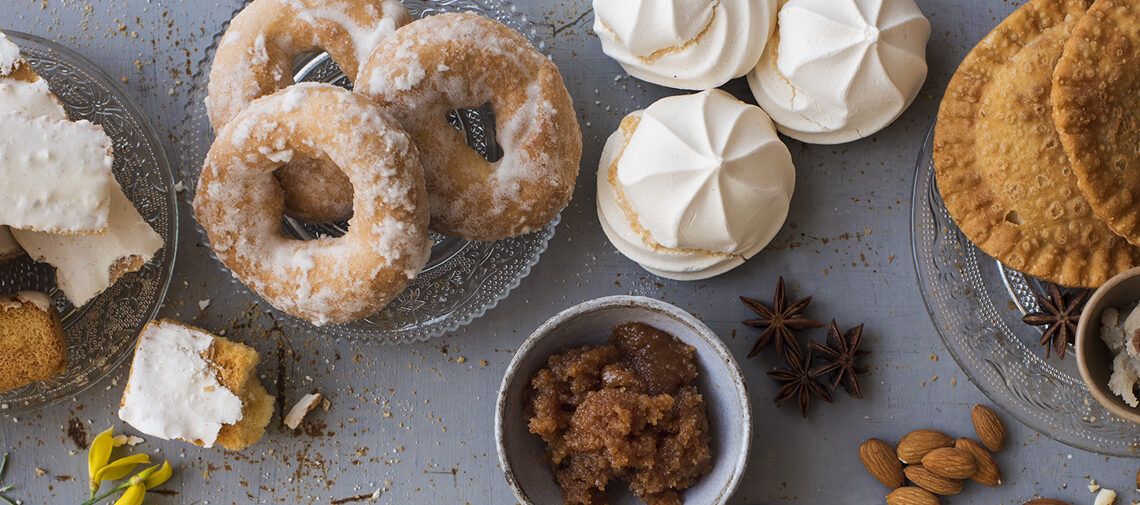To truly discover a destination like Gran Canaria, its history, its people, and even the reasons behind the capriciousness of its landscape, visitors must truly savor it. This dramatic Atlantic island gets its flavor profile from the sea, the sun, fresh trade winds, and the robustness of its volcanoes, giving local cuisine a unique identity, one that blends tastes from Europe, Latin America, and Africa.
Gran Canarian gastronomy has taken shape over 500 years, with a combination of ingredients that reflect the island’s history as a major Atlantic port, where travelers from hundreds of different countries brought flavors from across ten of the world’s meridians. This diversity is evident all over Gran Canaria, from the wonderful Queso de Flor (cheese flower) to sweet potato empanadas, wine, sugar cane rum, and coffee.
Gran Canaria’s culinary heritage is a rich tapestry. Many dishes highlight sea salt, fish, and shellfish, all produced and sourced locally. World-class cheeses reflect ancient traditions of seasonal grazing, while the volcanic soil lends a distinctive character to its wines, ancient olive trees, and coffee plantations. These elements thrive alongside tropical fruits and bountiful orchards, which produce mangoes, avocados, pineapples, papayas, potatoes, tomatoes, onions, and strawberries, among others.
 The island’s diverse microclimates also enable the black bee to produce honey, and each year, its Sacred Mountains, a UNESCO World Heritage Site, are covered with pink almond blossoms. All these ingredients come together to form the perfect cuisine; good food combines with good weather on any vacation to Gran Canaria.
The island’s diverse microclimates also enable the black bee to produce honey, and each year, its Sacred Mountains, a UNESCO World Heritage Site, are covered with pink almond blossoms. All these ingredients come together to form the perfect cuisine; good food combines with good weather on any vacation to Gran Canaria.
Discovering the Gofio Mills
Among the many gastronomic treasures of Gran Canaria, gofio holds a special place: it is a type of flour made from roasted grains, mainly corn or wheat. The production of gofio is an integral part of Gran Canaria’s socio-economic history, and exploring gofio mills provides a fascinating glimpse into the island’s past.
Before the arrival of colonists, this humble food was a staple in the diet of the indigenous people of the Canary Islands. They grew, roasted, and ground barley to make gofio, which they then mixed with other products such as honey and goat’s milk. In fact, its nutritional content, rich in potassium, calcium, magnesium, zinc, and iron, made it essential for surviving the famines that plagued the archipelago. It is also high in protein and carbohydrates, low in fat, and delicious, which explains why all travelers love it.
 Until a few decades ago, there were many gofio mills producing different types of gofio around Gran Canaria. Today, some mills continue to make this precious good, but only a few are open to the public.
Until a few decades ago, there were many gofio mills producing different types of gofio around Gran Canaria. Today, some mills continue to make this precious good, but only a few are open to the public.
Restaurants and famous chefs still use gofio as one of the main ingredients in their recipes. One of the highlights is pella de gofio, consisting of a cylindrical mass of gofio mixed with water, salt, sugar and oil, which is then cut into slices and served with various dishes, both sweet and savory. Another delicious dish is gofio puree, made with fish broth, which can be enjoyed as an aperitif or a side dish.
A visit to these gofio mills is a journey through history. One of the best times to visit is during the almond blossom, when the landscape is at its most picturesque. The route we suggest includes several stops, each offering a unique perspective on the production and significance of gofio.
- Molinería Rojas: Built between 1878 and 1880, it is the oldest active mill on the island. Located in Galdar, in the northern part of the island, it still houses part of the aqueduct that once carried water to the facility, and it is still in the hands of the same family, a tradition that has been passed down from generation to generation.
- Molino de Fuego (Fire Mill): Located in the municipality of Telde, this mill has been in operation since 1903. Here, they produce different types of meals and cereals, and during a visit, travelers can find a gofio made of local millo (maize) that was recognized in the regional gofio competition held by the Canary Islands’ Institute of Agriculture and Food Quality.
- Molino de San Mateo: This mill is a regular stop for those visiting the popular agriculture and handicrafts market held in the town of San Mateo from Friday to Sunday. The aroma of the mill immediately attracts travelers to a counter where they can see the corn meal being freshly ground on the mill stones and follow it all the way to the sack where it is collected.
- Molino Pérez Gil: Founder José Pérez Gil provided gofio to starving children in post-war Spain. And his passion remains. The original mill in Santa Lucía is now the Gofio Museum, but that hasn’t stopped production, which moved its traditional process to Vecindario more than 39 years ago.
 Each of these stops allows visitors not only to see how gofio is made, but to interact with local producers and sample fresh produce. These experiences provide a deeper understanding of the cultural and historical context of Gran Canarian gastronomy and are a great complement to any visit to this land of flavors.
Each of these stops allows visitors not only to see how gofio is made, but to interact with local producers and sample fresh produce. These experiences provide a deeper understanding of the cultural and historical context of Gran Canarian gastronomy and are a great complement to any visit to this land of flavors.
Gofio Museum
Visits must be previously arranged by phone: +34 928 759 706
Free admission
Address: Juan Rejón no 22. El Doctoral, Vecindario, Santa Lucía
Website: fedac.org/museosetnograficos
Molineria Rojas
Address: Delgado 111 st., 35460, Palma de Rojas, Gáldar
Phone: +34 630 37 53 94
Email: mo**************@***il.com
Instagram: @gofioeldaldense
Molino San Mateo
Address: Del Agua, 9, 35320 Vega de San Mateo, Las Palmas
Phone: +34 928 661 062
Website: sanmateoturistico.es
Molino Pérez GIl
Address: Primero de Mayo, 148, 35110, Vecindario, Las Palmas
Phone: +34 928 75 26 57









